Show-and-tell is a great way to get students involved and excited about learning. It’s also a great way to get them to open up and share their knowledge with others.
You can do it in many different ways. You can have one large group or divide your class into groups so each child can share something with the class.
Before starting the session, you must set some guidelines for what your students can bring for the activity.
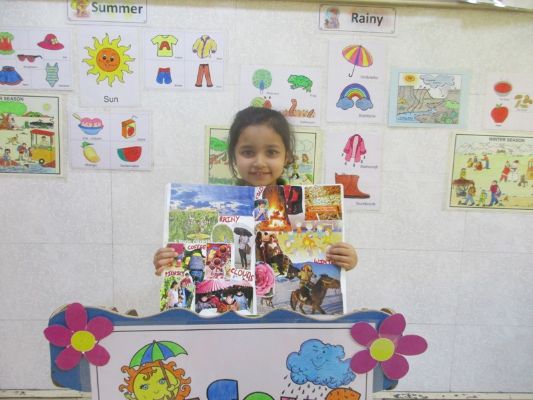
Things To Consider For Show & Tell
- Items should be easily transported from home for show-and-tell activities without causing damage or messes in the classroom or hallways.
- Items should be no larger than 6 x 8 inches (15 x 20 cm).
- Ideally, all items should be new or brand new, but if an older item is used, ensure no stains or tears are on it.
- Let students know beforehand that they may need permission slips signed by parents before bringing in certain items.
Tips For Teachers For Show-And-Tell Games For Kids
Regarding show-and-tell, kids are often more interested in sharing something they love than learning. But teachers can use this as an opportunity to teach students how to share their ideas with others in a respectful way.
Here are some tips for making it more meaningful for both students and teachers:
Before the Show
Ensure all materials are safe for the classroom and that you have enough space for everyone’s contributions.
During the Show
Encourage students to share their information clearly and accurately by asking questions like “How did that make you feel?” or “What do you think of when someone says ‘bedtime stories’?”
Show-and-Tell Ideas for Kids
Depending on your child’s age, consider having them share something they have made or done. This will show off their creativity and can be a great way to inspire other kids to do the same.
Mystery Item in a Paper Bag (Prepare 3 Clues)
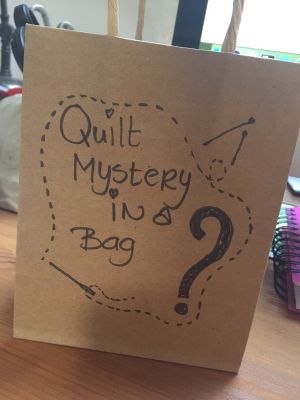
If you have something you want to show off but want to make sure everyone knows what it is. Bring a paper bag with a slip of paper inside that has one clue. Each time someone guesses correctly, they get another clue until they get all three and reveal what’s inside the bag.
A Picture or Drawing of an Activity You Did Outside
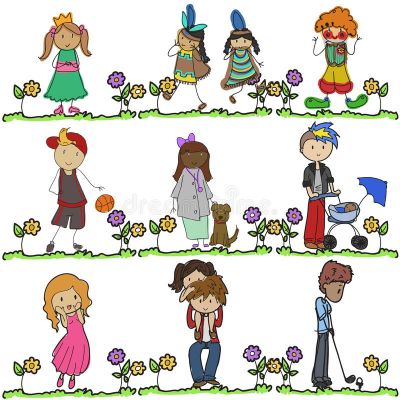
Your classmates might be unable to go outside as often as you do, so share your pictures with them!
Take pictures of your favorite outdoor activities like playing baseball or riding bikes with friends. If you need help taking pictures on your phone or camera, ask your parents for help! Then print out each picture and bring it to school for show-and-tell day!
Foods
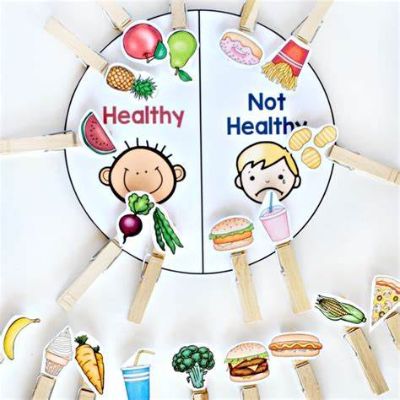
Bring something that starts with an A word, such as applesauce or alfalfa sprouts. You could also bring in a recipe card for something yummy like angel food cake or apple pie — ensure it’s okay with your teacher first!
Experiences
Share something that happened to you recently (or not so recently) that involved, such as “I went apple picking with my family last weekend” or “When I was four years old, I learned how to ride my bike without training wheels!
Favorites/Likes/Dislikes
These are not as specific as some other categories, but they are still fun because we can all relate to them so well! “My Favorite Color,” or “My Favorite Animal” or “My Favorite Book.”
These are less formal than most other options but are always crowd-pleasers. Kids love sharing their favorite things and learning about new favorites, too.
Sports/Hobbies
If your child has a favorite sport or hobby, consider bringing it in for show-and-tell! They may like running around outside, playing video games, reading books, or building Legos, whatever they enjoy doing most often!
Animals

Bring in an animal that you have or have had. If you don’t have one, bring in a picture or description. You can also bring in a toy or stuffed animal that looks like one to avoid bringing at school.
Plants

Bring in a plant you have or have had, or even plant seeds so everyone can see how they grow!
Sports Equipment
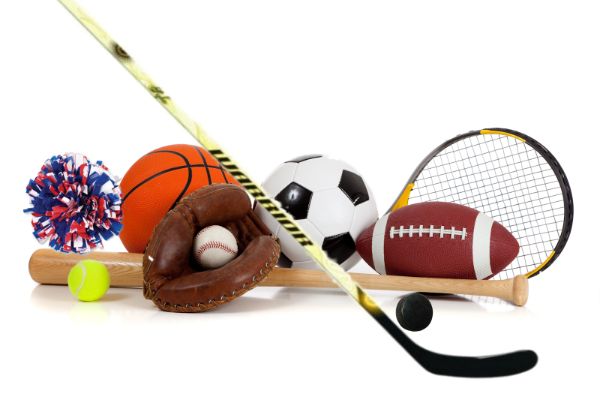
Bring in your favorite sports equipment for show and tell! This may inspire other students to try it out too!
Books
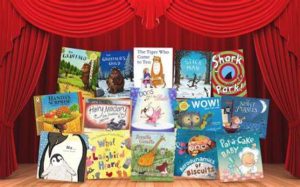
Bring your favorite book from home and tell us about it! Or read us part of it if you’re too shy to talk about it out loud. If it’s too long for one day, ask if we can return tomorrow.
Artwork
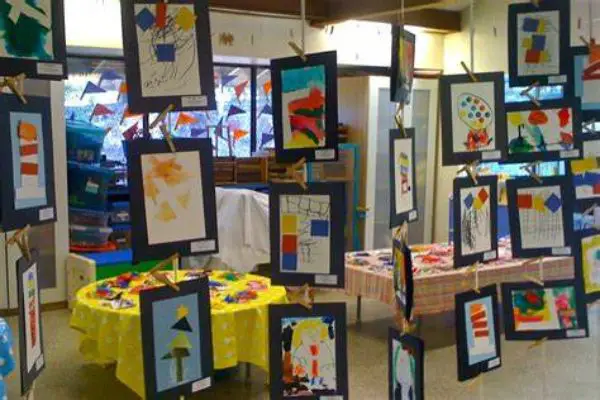
Got an artist on your hands? Bring some of their artwork for show-and-tell. Consider making a collage with different art pieces or putting together a small book of their best work. You could also try drawing on the whiteboard with dry-erase markers before class starts, then erase it when everyone leaves and let them draw on it!
Gifts

If your child has recently received a gift from someone special, consider bringing that gift to share with the class! For example, if someone bought tickets to an amusement park or gave them money for ice cream, those are great things to share with the class during show-and-tell time. The possibilities here are endless, so just use your imagination!
Show And Tell Kindergarten Ideas For Begining
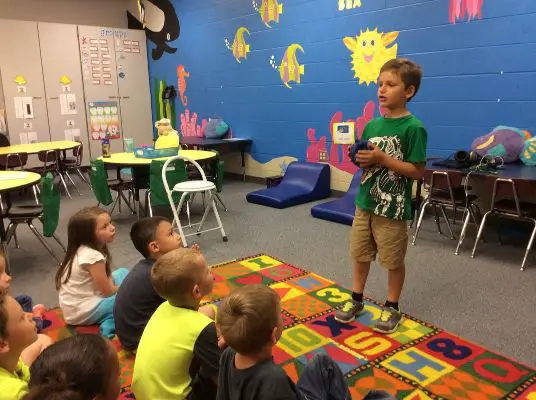
Here are some show-and-tell ideas for kindergarteners:
- Poems or songs that the child has written
- Pictures that the child has drawn or painted
- Fruit or vegetables grown by the child or family members (or items purchased at the farmer’s market)
- Pictures from magazines or newspapers (e.g., pictures of animals, people, or places)
- A video recording of your child’s favorite television program or movie (make sure your child has permission from the school and parents before doing this)
Ideas For Next Level
Here are some Show-and-Tell ideas that will help you get started on the right foot with your kindergarten students:
Art Projects
Have your students create a piece of art as a class project or individually. You can then display the pieces on bulletin boards or in classrooms. It’s an excellent way for parents to see what their child has been working on since they last saw them in May!
Special Items
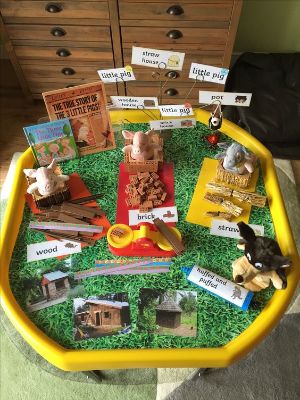
Bring in something special to your child, such as an award they received or something that reminds them of a particular family member or friend. This could be anything from a favorite book, toy, or stuffed animal! Make sure it’s something small only to take up a little space in your classroom!
Movie tickets
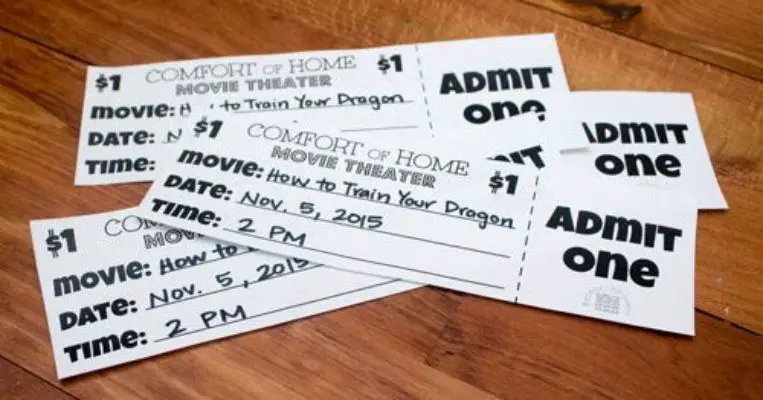
Give students movie tickets to other students or friends who did something nice. They can say why they chose them, which will make the recipient feel special.
Postcards
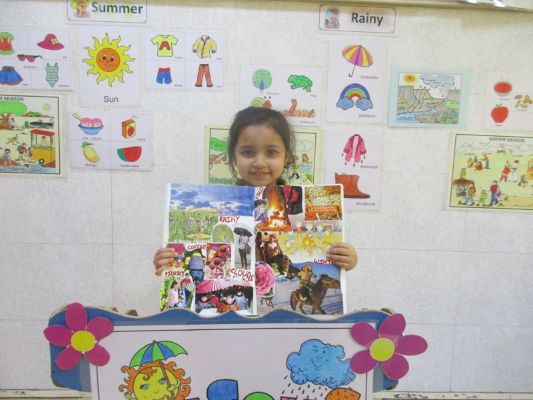
Encourage students to write postcards to their grandparents or relatives living far away. This is also an excellent way to practice writing skills.
Photos
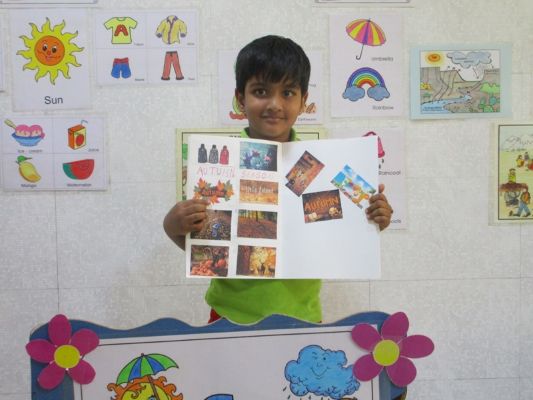
Take pictures of your class doing things that show what you learned this year. You could put together a “Best of” slideshow for parents or even turn it into a photo album for them if you have time!
Items You May Bring For Kindergarten Students
- Bring something from home (or make something) that represents something that happened in history or something they learned about in school this week.
- Bring a picture book with a theme related to what they learned in school this week (for example, if they learned about dinosaurs, bring a picture book about dinosaurs).
- Bring an animal in their area (for example, if you live near an ocean, bring some seashells).
- Bring something special from home (like Grandma’s handkerchief or Daddy’s favorite toy).
- Bring your child’s favorite shirt or pair of pants, and bring it along as part of his show-and-tell presentation. He can discuss why he likes it and how he wears it regularly (or only on special occasions).
Show-And-Tell Middle School Ideas

Middle schoolers love to show off their talents, interests, and hobbies. Whether they’re a budding artist or have a knack for science experiments, they’ll enjoy bringing their stuff to class. That said, there are some things to remember when choosing topics for show-and-tell.
Common Ideas For Middle Schoolers
For boys and girls alike, show-and-tell ideas can range from simple to complex. If you’re looking for more ideas than just sharing your stuff with the class, check out these options:
- Dress up as your favorite book character or historical figure.
- Bring in a fun craft project you made yourself, like a bracelet or a bowl made of toilet paper rolls or tissue paper.
- Read aloud a poem or short story you wrote yourself or was inspired by something in nature — like an animal or plant near you.
- Bring in an artifact from home that represents your family history — such as an old photo or document — and tell everyone about it while showing them the item itself so they can get a closer look at it (if possible).
- A short video about your favorite hobby or activity.
- A poem you wrote about something you love about yourself or your family.
- A picture book about something important to you (such as saving the environment).
- A song about how you feel about something that has happened recently (for example, “My Favorite Song”).
- A story about something funny during your summer vacation or at camp this year (for example, “What Happened at Camp”).
Unique Ideas For Middle Schoolers
Some middle school show-and-tell ideas will engage students and help them learn.
Show Your Skills
Students love to show off their skills, whether playing the piano or juggling. If you have a student who excels at something, encourage them to share it with the class by asking them to perform a song on the piano or juggle on stage. The other kids will be entertained, and your talented student will get positive feedback from their peers.
Show Something You Made
Middle schoolers love being creative, and they can even make money selling their crafts online if they’re good enough. Encourage students to bring things they’ve made or books they’ve read as part of their show-and-tell presentations. If you have a crafty student who loves making cards, ask them to make one for every student in the class and bring it in for show-and-tell day.
Show Something You Bought
If your middle schooler isn’t interested in making things but still wants to participate in show-and-tell day, buy something new instead! Give them permission to spend a little money on something they’ve wanted, or let them pick something for you to purchase. This is an excellent way for kids to share what interests them and learn about what’s important to others.
Show Your Pet
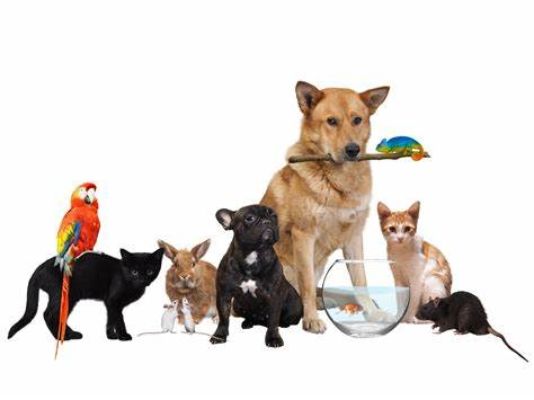
If you have a pet, this is the perfect opportunity to bring it up in front of the class and show off its cuteness. If your child doesn’t have a pet, ask them what kind of animal they would like to get. Then let them know that when they get a particular grade or complete a chore, they can earn money for their new furry friend!
Share Something From Your Room
Have your child bring an item they think everyone would enjoy seeing from their room. This could be anything from an old toy they had as a kid or something cool they found on YouTube — as long as it’s exciting and fun!
Show-And-Tell High School Ideas
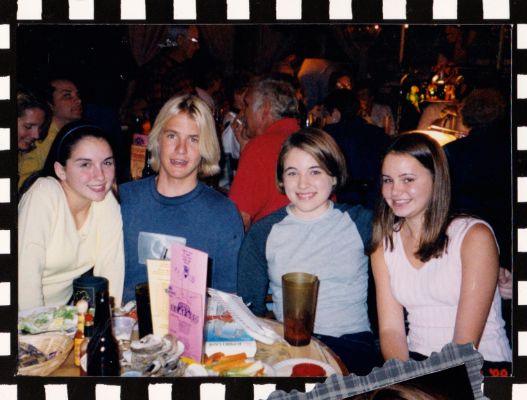
Show-and-tell is a favorite activity in elementary school. When students come to the high school classroom, they often lose interest in sharing their thoughts with the class. However, many ways exist to make show-and-tell exciting for high school students.
Using Technology
One way to make show-and-tell more interesting for high schoolers is to use technology. For example, if a student is passionate about video games, she could bring her Xbox or PlayStation and explain how it works and what she likes. If another student loves photography or graphic design, he could bring in some of his work for others to see or even give a small presentation on his past projects and how he did them.
Something Personal
Another great way to get kids involved in show-and-tell is by having them share something personal about themselves that has nothing to do with schoolwork. For example, one student might want to share her story about overcoming bullying at school by joining an after-school club where she met other kids who had been through similar experiences. Another student may want to share his love of sports by talking about how he got into his favorite sport or team and why he loves it so much.
Read a Book
If all you want to do is tell people about a book you liked, that’s fine too. You can even read aloud if you’d like! If you’re shy about reading aloud or don’t want to bring the book with you, write down a summary of what happens in each chapter and bring it along instead.
Do an Art Project
Whether it’s something simple like gluing pictures together or something more complicated like making a sculpture out of Popsicle sticks and glue, doing art projects for show-and-tell is always fun for kids and adults alike! Make sure that whatever project you choose doesn’t require any dangerous tools or materials that could hurt someone if they need to be more careful. For example, if you’re making clay figurines out of Play-Doh, ensure the kids will only try eating them if allowed.
Christmas Show-And-Tell Ideas
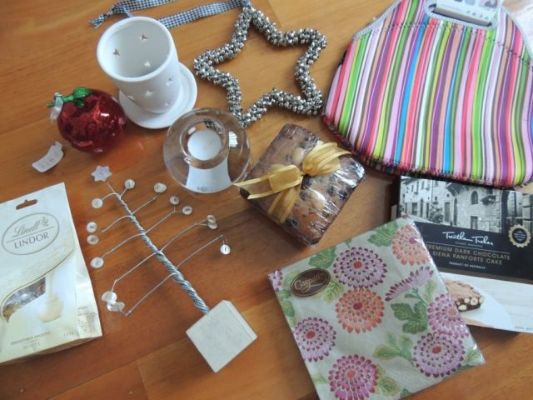
Christmas is fast approaching, so it’s time to get those creative juices flowing. We’ve compiled some of our favorite Christmas activities ideas for kids. Whether you’re looking for something cute and straightforward or a little more complex, we have a perfect idea!
- Gingerbread Houses
- Reindeer Food
- Ornaments & Ornament Trees
- Snow Shapes & Snowmen
- Candy Canes & Chocolate Santas
- Decorate the house
- Make Christmas cookies
- Bake gingerbread men
- Decorate a gingerbread house
FAQs
What skills are developed in the Show-And-Tell activity?
Show-and-tell is an activity that can help develop various skills, including:
- Communication skills: Show-and-tell allows children to practice speaking in front of others and communicating their ideas clearly and effectively.
- Listening skills: Show-and-tell also helps children develop their listening skills, as they need to pay attention to what their classmates are saying and ask questions if they don’t understand.
- Creativity: Choosing an object to bring in for show-and-tell and figuring out how to present it interestingly and engagingly can help children develop their creativity and imagination.
- Confidence: Practicing speaking in front of others and receiving positive feedback from their classmates can help children build confidence and self-esteem.
- Critical thinking: Show-and-tell can also help children develop critical thinking skills as they consider how to present their object, what information to include, and how to answer questions from their classmates.
What are the benefits of Show-And-Tell activity for kids?
Show-and-tell is a fun and interactive activity encouraging kids to share their interests and experiences with their classmates. Here are the benefits of a show-and-tell activity that kids might find and learn:
They learn how to:
- Choose an object: Kids find how to choose an appropriate object to present themselves accurately among their age fellows and supervisors.
- Prepare a presentation: When you, as a teacher, encourage each child to prepare a short presentation about their object, including why they chose it, what it is, and any interesting facts or stories about it, they start to gain more self-confidence.
- Share with the class: When you invite each child to share their object and presentation with the class, giving them a few minutes to talk and answer questions, they must learn how to convey their message and answer according to the pain point of their audience. They learn how to speak with confidence.
- Encourage interaction: After each presentation, they are encouraged by their classmates to ask questions or share their thoughts and experiences about the object.
- Able to find similarities and differences: After all the presentations are complete, this process leads to a class discussion about any similarities or differences between the objects and what they learned from each other’s presentations. Now they can find similarities and differences between the objects before them.
Winding Up
Kindergarten students share a variety of topics. Middle school students can stand before their peers and present collections, hobbies, or achievements. High school students can be asked to show and tell about their extracurricular activities, favorite vacation spots, alumni trips, or community projects they have participated in.
